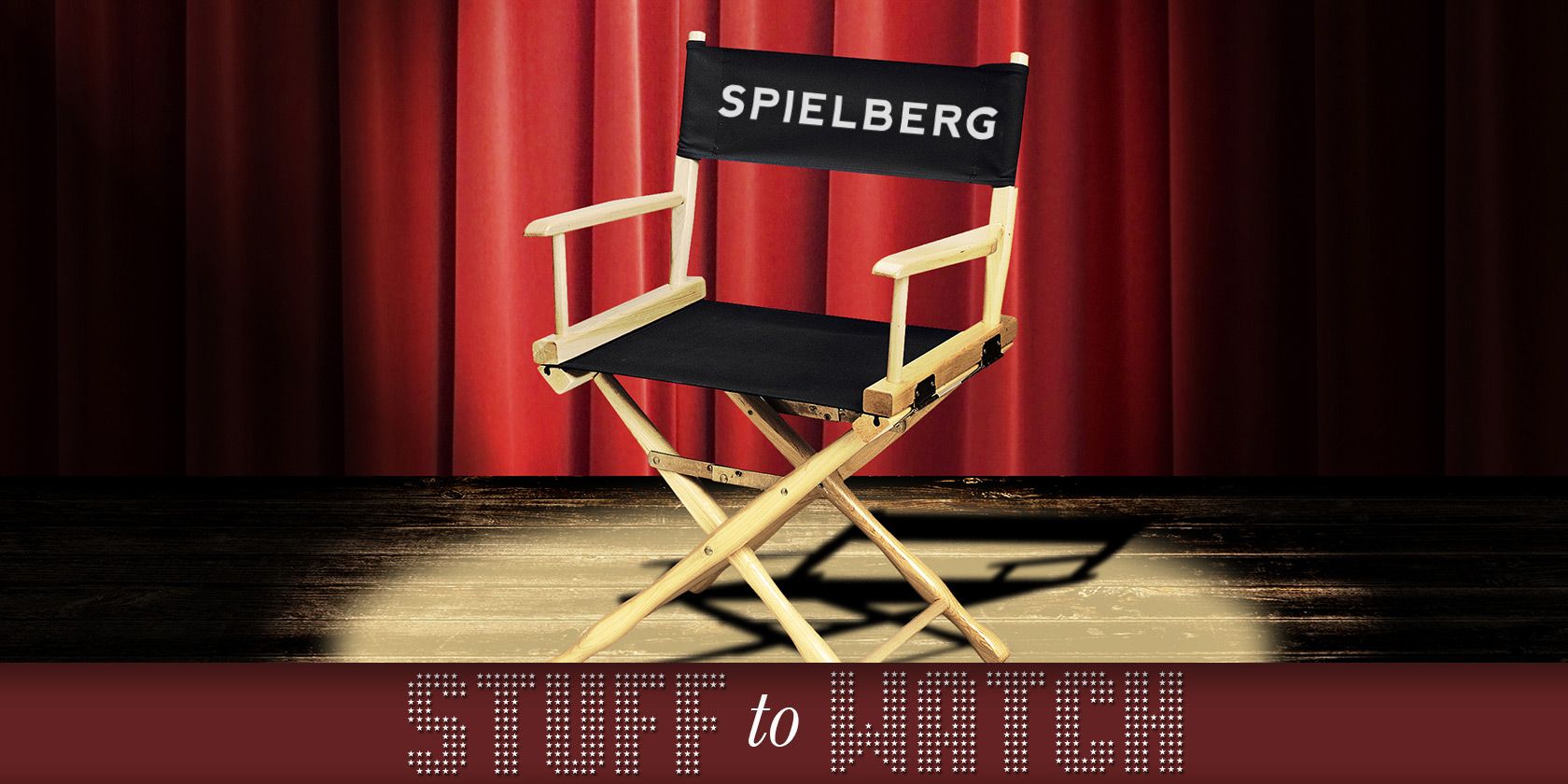Want to know more about why you love certain movies? Consider learning the technique filmmakers user to keep you hooked.
Films aren't just entertainment but art and study material too. In this instance, our teachers are the directors – the visionaries behind the shots and the creative minds working behind the scenes.
To closely analyse the work of Hollywood's most successful off-screen personalities is to lay bare some of the most famous techniques that go into making the magic seen on the big screen. Film editor and big screen enthusiast Tony Zhou of Every Frame a Painting has started doing just that.
Steven Spielberg – The Spielberg Oner
https://www.anrdoezrs.net/links/7251228/type/dlg/sid/UUmuoUeUpU55252/http://vimeo.com/94628727
Steven Spielberg is one of Hollywood's most successful directors, and that success has led many to study him and his techniques. One of Spielberg's absolute favourite techniques is known as "the Spielberg oner" – one whole unbroken shot, often lasting well over a minute, often used as an establishing shot or opening scene.
https://www.anrdoezrs.net/links/7251228/type/dlg/sid/UUmuoUeUpU55252/https://vimeo.com/94684923
The oner wasn't invented by Spielberg, and was often called upon in the early days of filmmaking to progress story. That said, it's been used heavily throughout his career: the drinking contest in Raiders of the Lost Ark, the wonderfully restrained ferry scene in Jaws and the many battle scenes in the streets and on the beaches for Saving Private Ryan.
Michael Bay – What is Bayhem?
https://www.anrdoezrs.net/links/7251228/type/dlg/sid/UUmuoUeUpU55252/https://vimeo.com/99798626
Bayhem is a state of mind. It's an illness. A disease. An inability to avert your gaze. Bayhem is what happens when you give the cinema-going masses what they think they want – but it's also a technique. Michael Bay's ability to create a sense of the epic cannot be denied, whether you love or loathe it. And it only takes one Transformers movie (two if you're Megan Fox) to decide whether it's your cup of Chai or not.
The problem is that Bay has few grounded filmmaking techniques beyond filling the frame with as much movement as possible, so even his "restrained" shots come with the usual cocktail of motion, extreme depth and a foreground-background parallax effect.
Martin Scorsese – The Art of Silence
https://www.anrdoezrs.net/links/7251228/type/dlg/sid/UUmuoUeUpU55252/https://vimeo.com/98240271
If every director has one characteristic by which they can be defined, Martin Scorsese's would be silence. He is able to isolate key moments of a film by drawing the viewer into a moment and focusing their attention on the visual concept on-screen, like a boxer preparing for an onslaught or the few seconds before a hero character delivers a crisp line. Scorsese has somehow managed to maintain restraint and hasn't typified the technique through overuse.
The results are wonderfully varied, from Raging Bull's contrasting ringside and kitchen-side embraces to the use of silent dialogue to build tension between characters in Goodfellas.
Edgar Wright – How To Do Visual Comedy
https://www.anrdoezrs.net/links/7251228/type/dlg/sid/UUmuoUeUpU55252/https://vimeo.com/96558506
It's hard work being funny, but one director still making a splash in a sea of films that depend on actors delivering witty one-liners over the phone is master of the visual gag, Edgar Wright. He's the director behind the likes of Hot Fuzz, Shaun of the Dead and Scott Pilgrim vs. The World, and his snappy visual gags have likely stuck with you since you first saw those films.
In this breakdown, Zhou highlights the increasing problem with so-called "lazy" American comedy filmmaking by off-setting modern tropes with many of Wright's finest moments.
Satoshi Kon – Editing Space & Time
https://www.anrdoezrs.net/links/7251228/type/dlg/sid/UUmuoUeUpU55252/https://vimeo.com/101675469
Finally, because it's all Zhou has gotten round to analysing at present, Satoshi Kon is under the spotlight for his work of masterful animations like Paprika, Tokyo Godfathers and Millenium Actress. Before his death in 2010 Kon produced a series of films that offer a glimpse at life for those who live double lives. Tony's analysis of Kon and his films mostly involves editing and the use of various visual techniques to move the production along.
These include some long-established techniques like the match shot or using an object for a wipe, but also some of Kon's more imaginative transitions.
The Rest
I found out about Tony Zhou on Vimeo, the home of all things film – but his main project is Every Frame a Painting on YouTube. Subscribe on your platform of choice and keep up with his analysis of all things film.
Who is your favourite director and why? Let us know if you enjoyed these films in the comments below.
Image Credits: Directors chair Via Shutterstock

